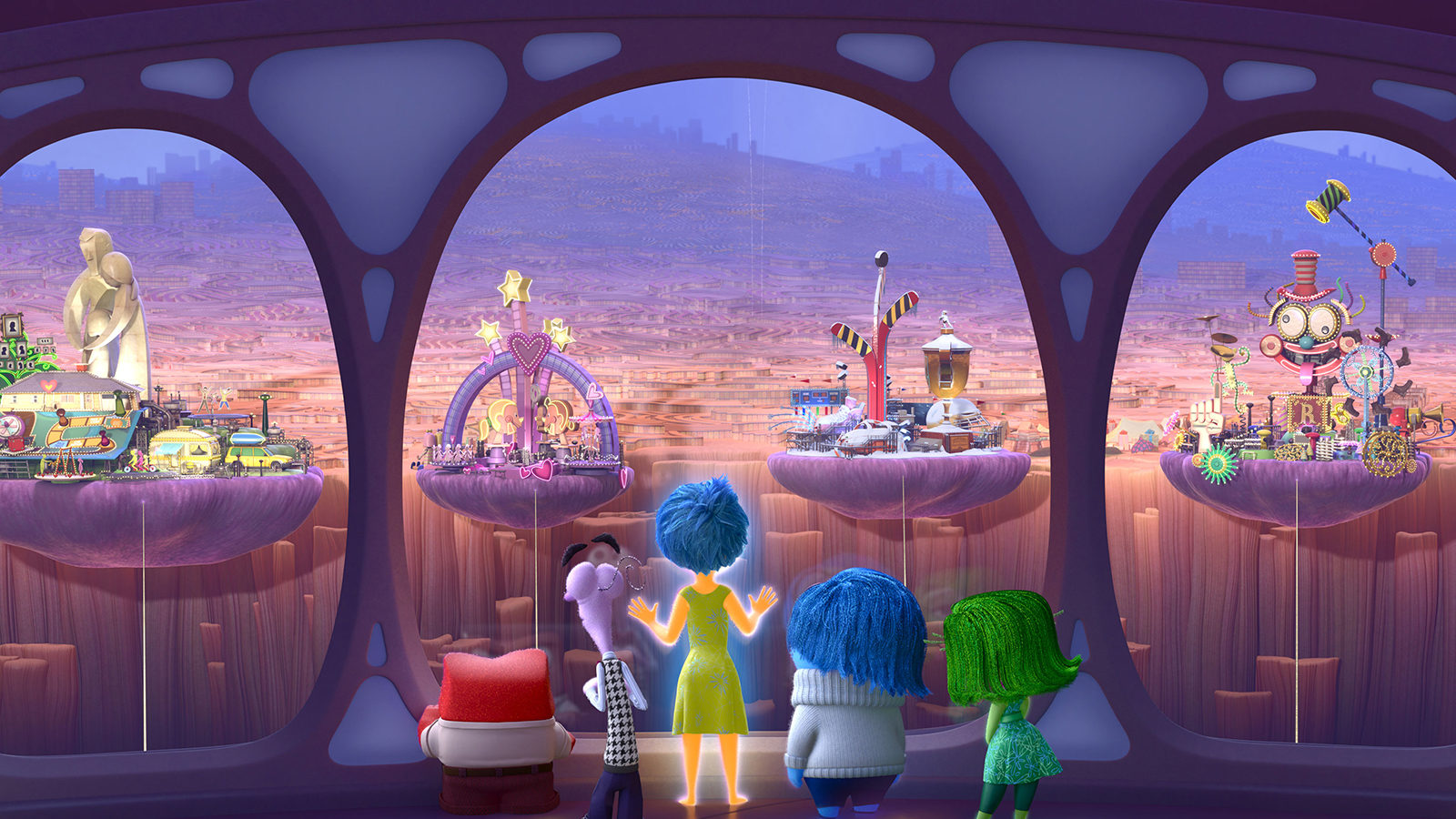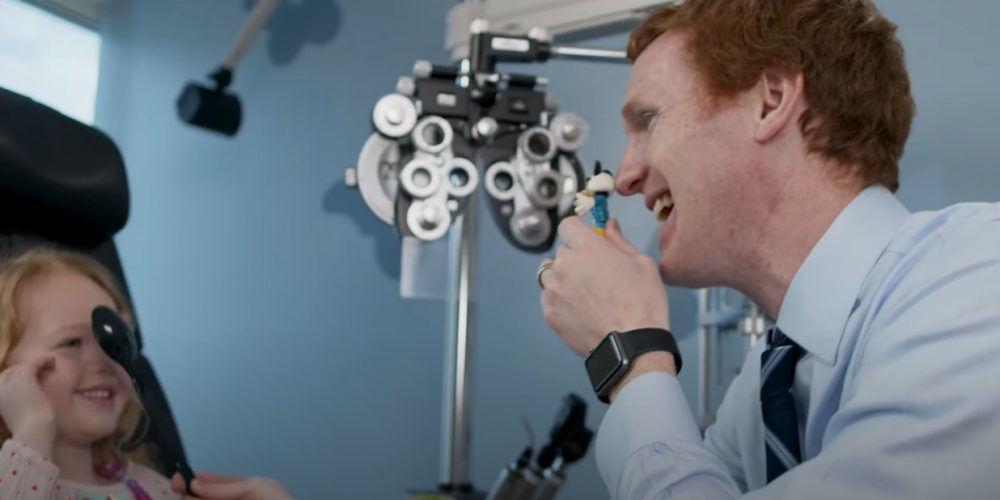Sadness and Joy in Childhood.

DacherKeltner, psychologist, University of California, Berkeley, is a consultant to the film Inside Out. He speaks onthe 2015 American 3D computer-animated comedy-drama film produced by Pixar Animation Studios and released by Walt Disney Pictures.
Hollywood’s version of science often asks us to believe that dinosaurs can be cloned from ancient DNA. They can’t, most people think.
Keltner: Or that the next ice age could develop in just a few days.All hope it wouldn’t.But Pixar’s film Inside Out, an animated fantasy, remains remarkably true to what scientists have learned about the mind, emotion and memory.
The film shows a girl of 11. It’sa difficult age of transition.
Keltner: True. The film zeroes in on one of the most poignant times in an individual’s life, which is the transition to the preteen and early teen years, where kids — and, I think, in particular girls — start to really powerfully feel the loss of childhood.
The 11-year-old girl named Riley moves from her happy home in Minnesota to San Francisco. She has no friends in the new place and pizza is made with broccoli, and she dislikes it.The girl has to adjust to her new surroundings.
In the film, five personified emotionstry to lead her through life.
Much of the film is spent inside Riley’s mind.
Keltner: It’s an interesting filmmakers’finding, in my view.The filmfeatures the mind, the control centre manned by five personified emotions: Joy, Sadness, Fear, Anger and Disgust.I think they really nailed it.The movie does a really good job of portraying what it’s like to be 11.
As the filmmakers were working, you were fired off with their emails.
Keltner: (Smiles) This process helped create a movie that’s true to the underlying science when it shows things like how emotions tend to colour Riley’s perception of the world.
When you are in a fearful state, everything is imbued with threat and uncertainty and peril. And when Riley is sad, even her happy memories take on a bluish hue.
What other details were depicted scientifically true in the film?
Keltner: The filmmakers get a lot of scientific details right. Inside Riley’s head, you see memories get locked in during sleep, experiences transformed into abstractions, and guards protecting the subconscious.
Are there some departures from the scientific norms in the film?
Keltner: There are some. For example, long-term memories are portrayed as immutable snow globes, though scientists know these memories actually tend to change over time. And Riley gets five basic emotions instead of the six often described in textbooks. (“Surprise,” apparently, didn’t make the cut.)
And how disgust is presented in the film, to your mind?
Keltner: Well, disgust is present in a pretty mild form, of course— the reaction a child who has to eat broccoli. The film plays down a more powerful version of disgust, like if you suddenly eat a piece of food and it has a worm in it, or it’s rotting.
One of the film’s high pointsis its depiction of sadness.
Keltner:Yes.In many books and movies for kids, sadness is dismissed as a negative emotion with no important role.
In Inside Out, star-shaped Joy gets more screen time. But when the emotions are in danger of getting lost in the endless corridors of long-term memory, it is Sadness, downcast and shaped like a blue teardrop, who emerges as an unlikely heroine.
For kids that makesa nice statement about how important sadness is to our understanding of who we are.


































